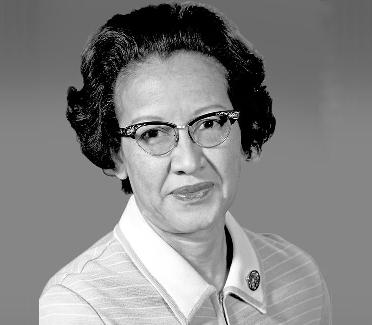[ 3 8 ]
Recruitment Challenges in Oncology SĂŠbastien Wischlen Clinical research specialist with over a decade of experience in the healthcare and pharma clinical operations sector. As Customer Solutions Director with Clinerion, he draws from his passion for medicine, research and patients as well as from his exposure to all clinical trial/study phases and the vast majority of therapeutic areas, to identify and facilitate the current patient, healthcare and industry needs.
In the field of clinical research, the therapeutic area of oncology in particular is facing a substantial patient recruitment challenge. At present, roughly 15,000 oncology trials are actively recruiting (Longtaal Clinical Trials Landscape Dashboard; www.clinicaltrials.gov), while participation rates have been estimated at a mere 3%-8% of possible candidates, with even smaller numbers in minority and geriatric populations (Institute of Medicine [US] Forum on Drug Discovery, Development, and Translation, 2010). Low enrolment rates threaten more than just the success of individual clinical trials: they may also hinder treatment advances and corresponding benefits to outcomes (Unger et al., 2016). Improving cancer care for patients in all aspects is the most important outcome promised by trials, but the fact is that any success stories happen in defiance of competition for patients among oncology researchers and of barriers of protocol feasibility and patient eligibility. Along with the fact that patients themselves have little awareness of existing opportunities, this all results in the reality that recruitment is often a labor- and time-intensive process. Fortunately, technological innovations are starting to offer new ways to overcome historical oncology recruitment barriers
and disrupt the status quo. One example of technology coming to meet this need is the evaluation of live EMR data, which allows the combination of advanced clinical trial design with the possibility of assessing the occurrence of specific patient attributes at a site level. This would help accelerate recruitment by identifying trial-eligible patients at the time of diagnosis. Most recruitment workflows applicable today rely strongly on oncologists’ thorough knowledge of their patient base and their awareness of active clinical trials. Patients, however, are not always tracked as potentially eligible for a clinical trial until after they have failed first-line therapy.




















